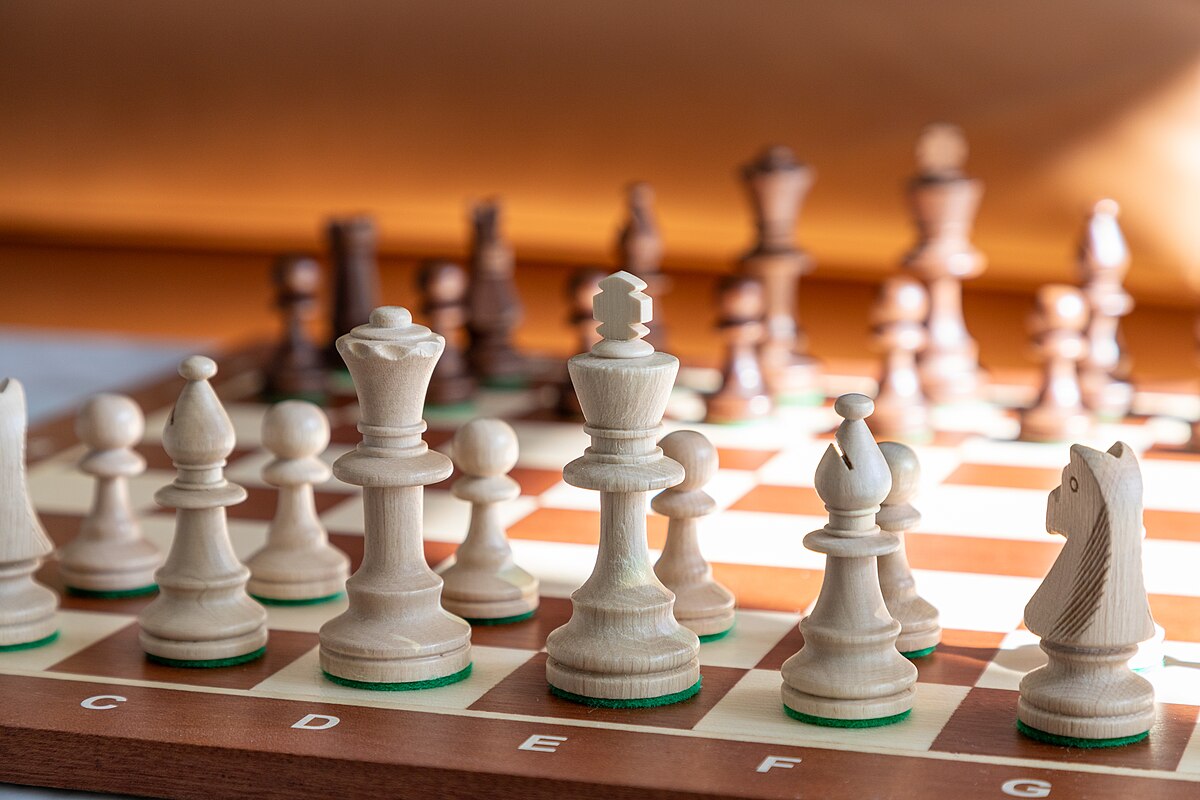

The goal of our chessboard project was to engage viewers in the rich narrative of chess, a game that has fascinated players for centuries. From its strategic depth to its cultural symbolism, for us, chess represents far more than a board game—it reflects social hierarchy, power dynamics, and intellectual challenge. Through this project, we really wanted to explore and present these layers to the audience in a structured and engaging way.
Although the theoretical discussions on digitization, authenticity, and aura did not dictate our workflow, the concept of aura played a key role in our choice of the chessboard. Walter Benjamin (2002) explains aura as the exclusive presence of an object that is associated with its history and tradition, which gets lost in digital reproduction. But more recent viewpoints stipulate that aura is not lost but transformed through cultural and individual experience (MacIntyre, Bolter & Gandy, 2004).
In our project, the aura of the chessboard extended beyond its physical existence. Its cultural value, intellectual complexity of the game, and common passion for chess produced an almost inevitable force of attraction toward it. When we transformed it into a digital representation, we aimed to see if aura transferred to virtual space—through interactivity, density of narrative, or the emotional force of the game itself. Our project invites viewers to reflect on how digital representations can reshape our connection to objects.
In developing the tours, we explored chess’s cultural, historical, and social significance in depth. We called upon both our own experience and thorough research to make sure we were not leaving out any major points regarding the influence of chess on society. The end result is this well-balanced scholarly edition that reflects history, strategy, and symbolism to bring the history of chess to life.
References:
The Work of Art in the Age of Its Technological Reproducibility
Presence and the Aura of Meaningful Places